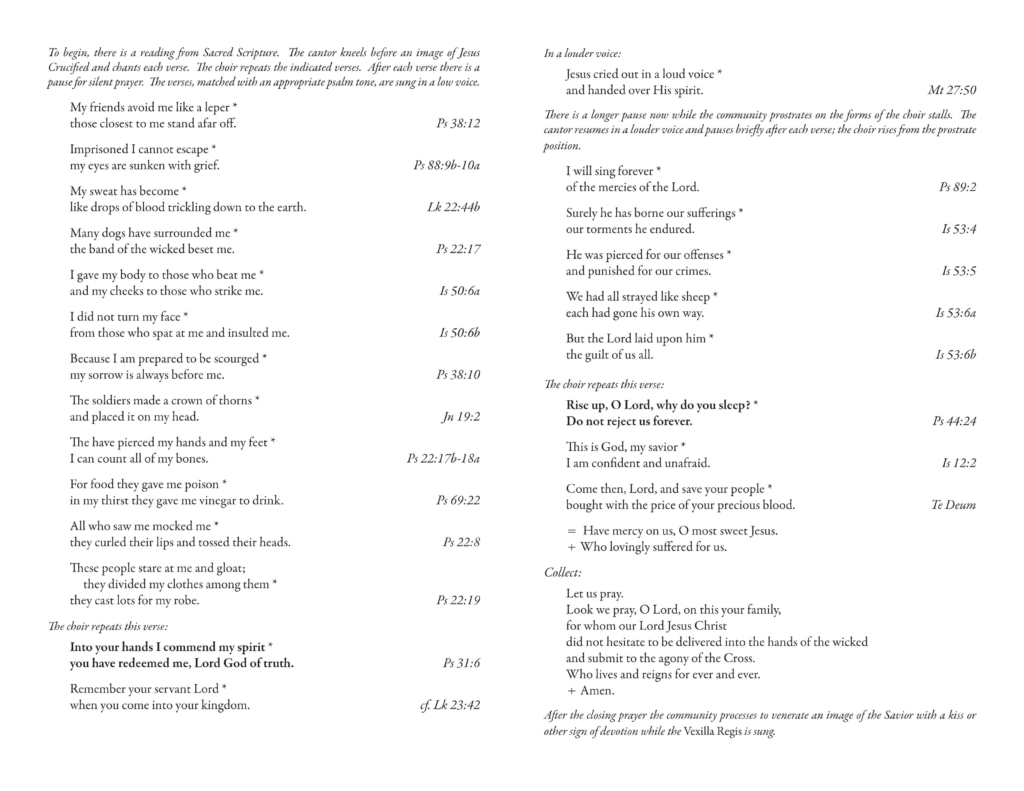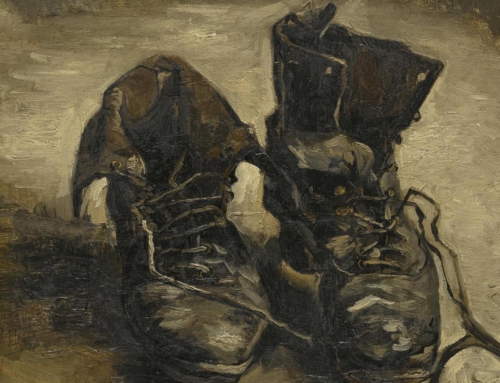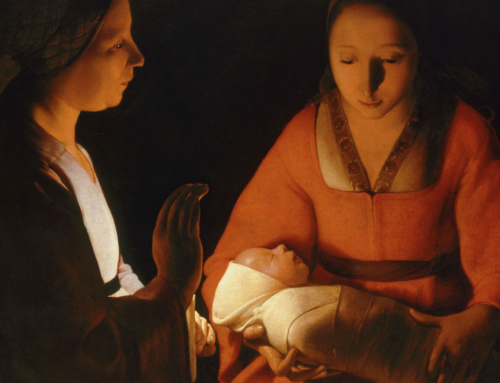For twelve years, Saint Catherine de Ricci experienced all of the rigors of Christ’s passion on a weekly basis. From noon on Thursday until late afternoon on Friday, the marks of Christ’s Passion were visible on her body. After her first ecstatic experience of the stigmata, St. Catherine received the Canticle of the Passion from the Blessed Virgin Mary. Since then, it has spread as a pious devotion to the monasteries and convents of the Order of Preachers, and it has been traditionally prayed on the Fridays of Lent.
The Canticle consists of a series of couplets drawn from Scripture, with the exception of a single couplet from the Te Deum. The cantor chants each couplet in succession, though silence punctuates the space between them. The entire Canticle is divided into two segments, which are separated by a lengthier silence after a reference to the death of the Lord. The first half of the Canticle recounts the Passion of Christ through the words of Scripture, and the second half is the Christian’s response. In each half of the Canticle, there is a verse repeated by the entire choir.
The current practice in the Studentate at the Dominican House of Studies is to precede the chanting of the Canticle with a reading of one of the four servant songs from the book of Isaiah and to conclude by venerating a cross while the Vexilla Regis is sung. These reminiscences of Good Friday help to focus our contemplation on Christ crucified during the season of Lent.
Suffice it to say, Saint Catherine de Ricci had a great devotion to the crucified Christ. Aside from the marks of Christ’s Passion, a betrothal ring was also visible to those looking on during her ecstatic episodes. Saint Catherine’s experience of Christ’s sufferings was Christ’s gift to her as his beloved spouse. This may appear, at first glance, incredibly counterintuitive. Why would Christ grant suffering to one he loved? To answer this question, we must first answer another: Why did Christ undergo his Passion? Love. Christ suffered out of love for sinners. Christ suffered out of love for us (ST III q. 46, a. 3).
When we look upon the Cross, we primarily see two things: first, we see our sins; second, we see God’s loving mercy. The heart that loves Christ and sees him on the Cross cannot help but desire to accompany him in his sufferings. The model for this is, of course, his Mother, whose Immaculate Heart was pierced as she looked upon her Son and suffered alongside him at the foot of the Cross.
It is fitting then that this devotion of the Canticle of the Passion should have been handed over by the Blessed Virgin Mary to St. Catherine de Ricci, because St. Catherine also shared in the sufferings of the Virgin’s Son. It is further fitting that St. Catherine, another virgin united to Christ’s sufferings on the Cross, should spread this devotion to women and men ardently seeking that same union. May we who have received this devotion come to know deeply the love of the crucified Christ through our own share in his Cross. May we also suffer like him so that we may come to love like him.
Editor’s Note: The Irish Dominicans have produced a video of the Canticle in Latin, and the Dominican Nuns of Marbury, Alabama have produced a video, as well.
✠
Image: Hans Holbein, Christ Carrying the Cross








